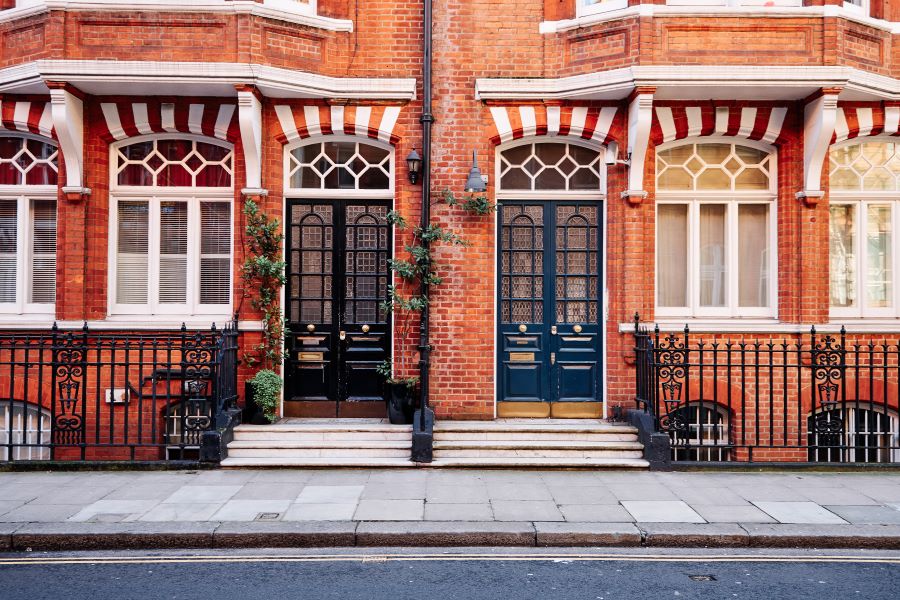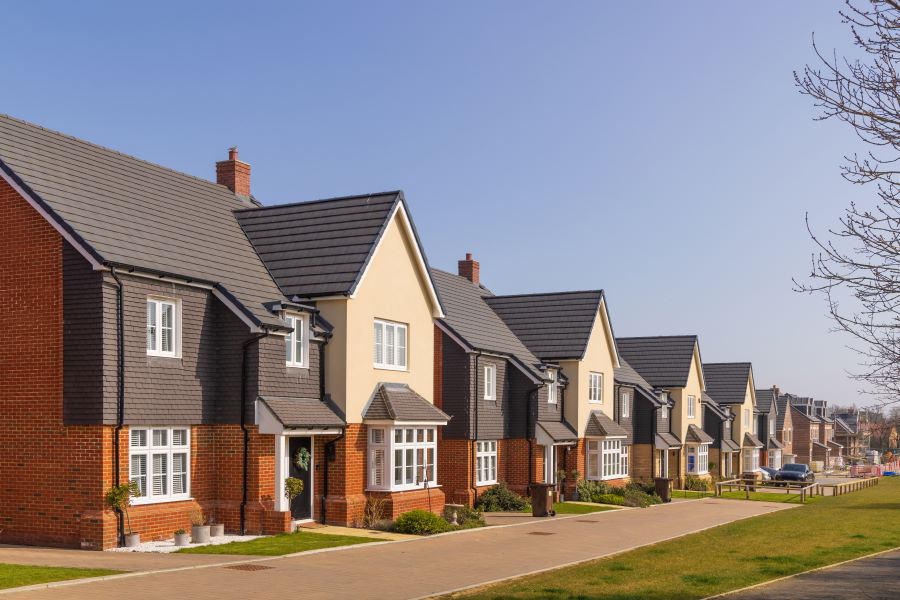There are many things to think about when you are browsing potential properties. Location is the most important priority, but buyers are also concerne
There are many things to think about when you are browsing potential properties. Location is the most important priority, but buyers are also concerned with curb appeal, layout, and quality.
On top of this, you have to choose between old properties and new build homes, both of which have their own set of pros and cons. Here’s the most important things to consider when buying a house and how both types of home perform in each category.
Things to consider when buying a house
Energy efficiency
With energy bills forecast to remain high, energy efficiency has become an all-important consideration for homeowners.
The older properties in the UK are notorious for being some of the most ‘leaky’ in Europe. This means that hot air easily escapes, and cold air easily enters. Many also have outdated heating systems that require a significant amount of gas. This makes older houses expensive to heat.
As the UK government works towards net zero carbon emissions in 2050, new build homes are being developed with much better insulation. This, alongside modern energy technology, means that new houses will stay warmer for longer at a fraction of the cost.

Older houses have more character but often lower energy efficiency
Space
Space is always a priority for homeowners. This covers everything from the number of rooms required to the amount of storage space.
Older properties are typically larger than new houses with sizeable bedrooms and large gardens. Those dating back to the 1920s and earlier are blessed with high ceilings as well. Old homes also have the advantage of a spacious street layout and the possibility of space for more than one car.
In contrast, developments of new build homes tend to be compact, with each house in close proximity to its neighbour and limited parking space on offer. New build houses also have smaller rooms when compared to period properties – although this does help with retaining heat.
Style
When it comes to buying a house, it’s definitely substance over style. However, that’s not to say that the look isn’t important.
A major advantage of old properties is that they have bags of character in the architecture alone. Popular features include bay windows, decorative cornices, and real fireplaces made from marble. If the previous owner’s style is not to your taste though, you might find it an unpleasant living space.
New builds begin as a blank canvas which may feel unwelcoming initially, but you have the freedom to create your perfect environment once the house has settled. Some new build developers also offer buyers the option to personalise their fittings and fixtures.
Buying process
Moving house is always relatively stressful, but you should still consider the pros and cons of the buying process when choosing a new home.
Old properties will be in a chain, meaning that the seller has to purchase their new home before you can move in. This means that deals can ‘fall through’ that will leave you starting from scratch. You will also need to arrange a survey for older houses to check for any maintenance or structural issues.
As they are new to the market, new build homes are not in a chain. This safeguards your purchase to a degree, although delays are still possible due to interruptions in construction. Sometimes new build developers also offer financial incentives which minimise the costs involved in the buying process.



















































































































COMMENTS